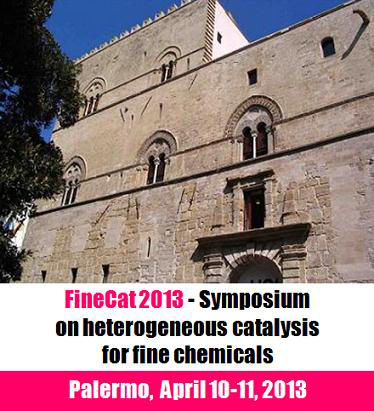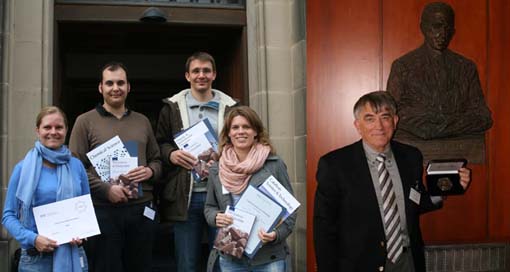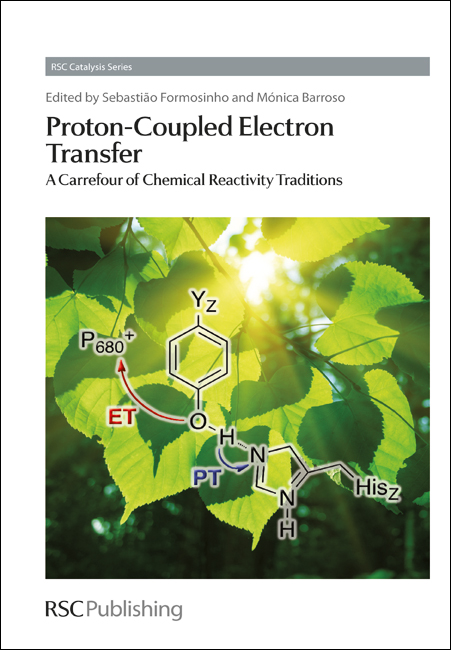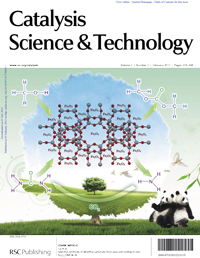 Following the success of the 2012 edition, the 2013 FineCat Symposium will be held on April 2013 in the splendid conference venue of the Steri Palace, hall of Palermo’s University Rectorate. The meeting aims to provide an opportunity for contact between academic and industrial researchers, manufacturers and users of solid catalysts for the efficient and selective production of fine chemicals.
Following the success of the 2012 edition, the 2013 FineCat Symposium will be held on April 2013 in the splendid conference venue of the Steri Palace, hall of Palermo’s University Rectorate. The meeting aims to provide an opportunity for contact between academic and industrial researchers, manufacturers and users of solid catalysts for the efficient and selective production of fine chemicals.
The following eminent scientists have confirmed their Symposium attendance as plenary lecturers in 2013:
Claudio Bianchini (CNR, Italy): Electrochemical Valorisation of Alcohols
D. Tyler McQuade (Florida State University): A Flow Chemistry Approach to Catalysis
Call for Papers and Abstract Submission
A call for Oral and Poster presentation is now open within one of the 2013 Symposium themes:
- Green catalytic processes
- Organo- and biocatalysis
- Selective photocatalysis for organic chemistry
- Asymmetric heterogeneous catalysis
- Atom economy and clean technology
- Green reaction media
- Heterogeneous catalysis under flow conditions
For more details about the symposium, including how to submit your abstract and register to attend FineCat 2013, visit the website.






















